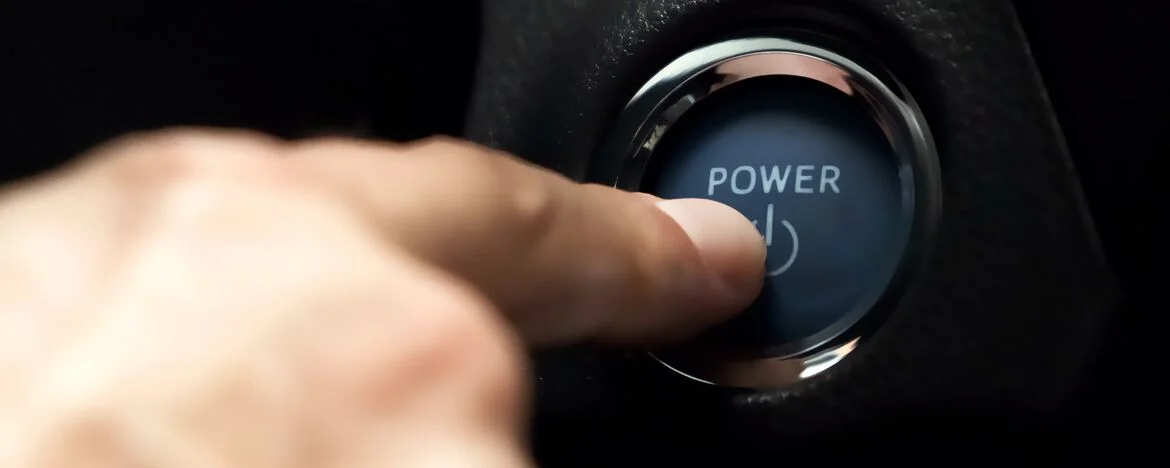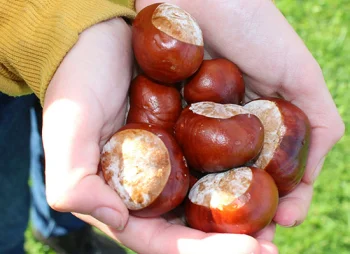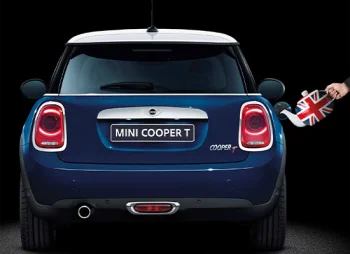Staying off the road doesn’t mean your car won’t need looking after.
There will be times in your life when you won’t be getting behind the wheel regularly. No doubt 2020’s various lockdowns and being housebound are locked into your memory: it was a strange time of banana bread, toilet paper madness and empty roads all across the UK.
While the Covid-19 lockdowns are now behind us and will (hopefully) not be repeated any time soon, there will still be periods in your life when you won’t drive as much as usual.
Whether this is due to an illness, holiday, or simply having a second car that doesn’t see as much action as your primary vehicle, it’s important to maintain the condition of your lease car for when you do get back on the road.
And depending on how long you’ll be leaving your car idle for, there are different steps you can take to look after it.
We’ve broken down some key things to be aware of, so that, no matter your circumstances, you can get back to driving safely during your car lease.





